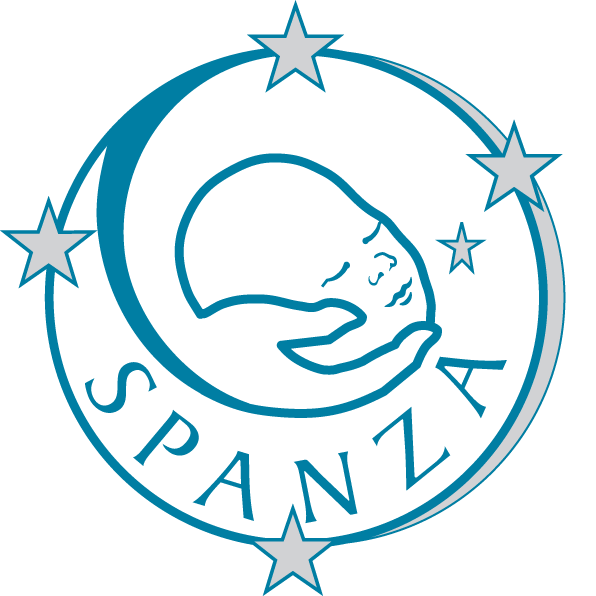Optimizing pediatric tonsillectomy outcomes with an opioid sparing anesthesia protocol
Learning and continuously improving with real-world data
Pediatric Anesthesia
Submitted March 2025 by Dr David Kinchington
Read by 877 Journal Watch subscribers
This paper is a perspective piece primarily providing insight into how one ambulatory surgical centre utilised quality improvement processes supported by new generation artificial intelligence (AI) driven software to guide change in practice.
This describe a nine year Quality Improvement(QI) project using well established Plan-Do-Study-Act processes to foster changes from an opioid based analgesia regime for paediatric tonsillectomy to a NON-opioid based analgesic plan. This project is made possible through the data acquisition, organisation and computation software they describe.
There are 3 components of diminishing interest in this project. The most interesting feature is the use of a commercial product, AdaptX, that the company describes as artificial intelligence driven to link to Electronic Medical Records (EMR) and extract data “ real time. More importantly, it processes this data and presents it for real time assessment and interpretation. Here they present “ process control charts”. Two authors declare their conflict of interest as Medical Officers of AdaptX . At least 2 subparts of this article relating to QI cycles of Opioid free anaesthesia development and Enhanced recovery have been published before ([Franz et al, 2019] and [Franz et al, 2021]) .
The second is the systematic QI structure seemingly embedded in this ambulatory surgical centre that allows the development and use multiple protocols covering multiple areas of interest as well as achieving conformity from nursing, anaesthetic and surgical staff. This project made sixteen changes to their protocols (Perioperative management x 9, Discharge opioid prescription x 3 and Enhanced Recovery x 4) over nine years.
The least compelling component is their change to opioid free techniques for day-stay tonsillectomy. This has been better covered in an earlier publication([Franz et al, 2019]). The title uses the word optimising in the context of taking a new technique (opioid free analgesia for tonsillectomy) and showing a deterioration in maximum pain score in recovery and increase in PACU opioid requirements and increased time in PACU compared to their previous opioid based intraoperative analgesia regime before instituting changes over 4 years to return to similar pain scores.
The strength of this paper is that it provides an example of a new generation of software that accesses and assesses raw EMR data to present responses to serial quality improvement protocols in real time. The increasing prevalence of electronic data availability in anaesthesia has been waiting for methods to utilise it. The question of the quality of the EMR data was not discussed in this paper and remains an evolving and potentially confounding issue. The investment by all clinical groups involved in the patients care and the real time results availability may pressure outliers to conform whether that is in improved input data accuracy or by change of clinical practice. The chosen outcome measures are easily measured but rely on data accuracy and development of the concept of what constitutes quality; these included:
- Percentage of patients receiving PACU opioid (primary measure)
- PACU pain score (secondary measure)
- Nausea and vomiting rates (secondary measure)
- Length of stay in PACU (balancing measure)
Being able to measure a variable does not assure meaningfulness. The use of programs like AdaptX will allow this discussion to occur.
The least satisfying part of the paper is the question of the place of non-opioid based analgesia for children having tonsillectomy. The authors have shown that it can be done which is of interest. This project does not convince me that avoiding opioids represents high quality anesthesia. If their goal was to lower PACU opioid use, the reintroduction of intraoperative low dose opioid to their current regime may further decrease this. In their discussion they note some general principles regarding Obstructive Sleep Apnoea (OSA). Interestingly in the context of AdaptX, they noted that they had to manually review their departmental respiratory event database to show no change in the rate of perioperative respiratory events during this study. Hopefully it will be the next generation of Artificial Intelligence driven software that will be able to extract perioperative respiratory events amongst others from our EMRs to further our understanding of improving anaesthetic quality.
References:
i) Franz M, Martin, Liston, Latham, Richards, Low. In pursuit of an opioid free pediatric ambulatory surgery center: A quality improvement initiative. Anesth Analg 2021;132:788-797
ii) Franz AM, Dahl, huang et al. The development of an opioid sparing anesthesia protocol for pediatric ambulatory tonsillectomy and adenoidectomy surgery: A quality improvement project. Paediatr Anaesth, 2019;29:682-689.
iii) Loy KA, Lam, Franz et al. Impact of eliminating local anesthesia on immediate postperative analgesia in pediatric ambulatory adenotonsillectomy. Pediatr Qual Saf. 2021;6;e405 iv) Martin LD, Chiem, Hansen et al. Completion of an enhance recovery program in a pediatric ambulatory surgery center: a quality improvement initiative. Anesth Analg 2022;135;1271-1281.



